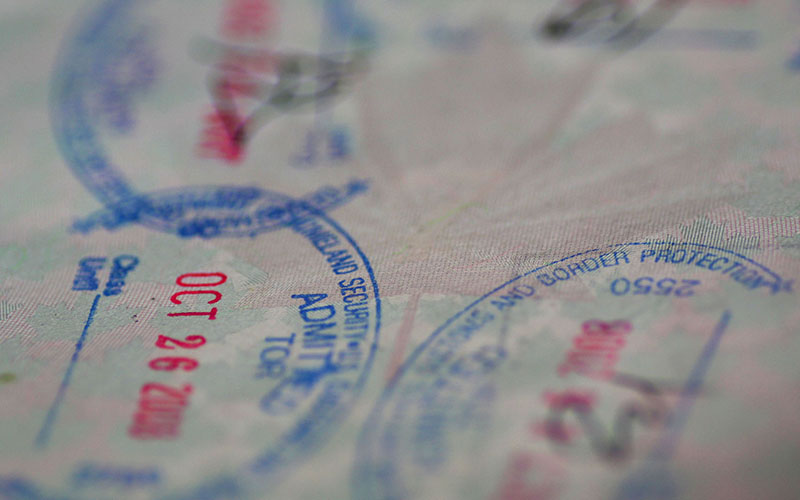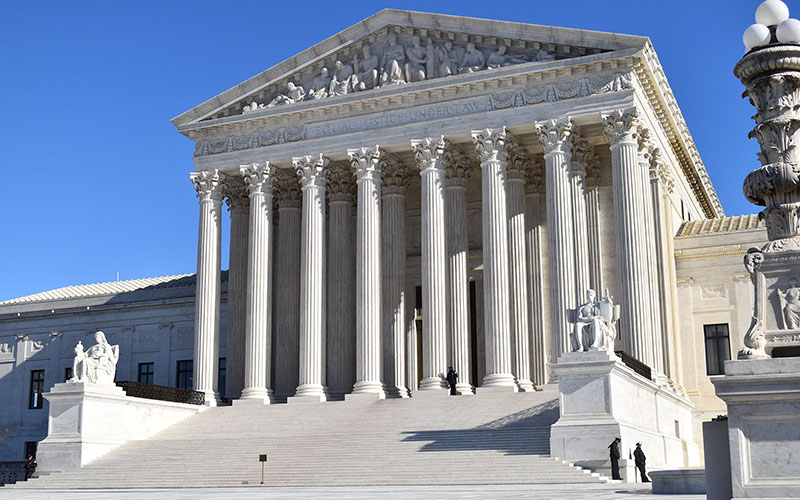WASHINGTON – Critics are calling a Trump administration plan to curb so-called “birth tourism” unenforceable at best and “rooted in misogyny, xenophobia and racism” at worst, and say it is targeting the wrong people.
President Donald Trump on Thursday ordered the State Department to stop issuing visas to women who are traveling to this country with the intention of giving birth here so their child receives automatic U.S. citizenship.
One think tank dedicated to lower immigration rates estimates that there may be as many as 33,000 such births annually. But other experts question that number, noting that even if there is an accurate count of foreign-born women giving birth in the U.S., it’s almost impossible to determine whether they traveled here for that sole purpose.
“No one really knows how much it exists,” said Douglas Massey, a professor of sociology at Princeton University, who called the new rule little more than “another symbolic gesture” from the Trump administration that it does not like immigrants.
But others welcomed the move that the White House said is needed to protect “the integrity of American citizenship.”
“I applaud President Trump’s efforts to combat birth tourism, which has enabled widespread abuse of our immigration and citizenship laws,” said Rep. Paul Gosar, R-Prescott, in a prepared statement.
The rule, which took effect Friday, directs the State Department to deny temporary visitor visas to women “who are traveling to the United States to engage in birth tourism.” The problem, critics say, is determining which women might be doing that.
“How do they plan to find out if a traveler is pregnant?” Ria Tabacco Mar, director of the American Civil Liberties Union’s Women’s Rights Project, asked in an email Friday. “The administration must reverse course.”
But the administration is plowing ahead.
State Department officials said in a call last week that consular officers will not deny visas to pregnant applicants, nor will they be able to require a pregnancy test. But they will be allowed to raise the issue if they have “specific, articulable reason to believe that an applicant is pregnant and planning to give birth in the United States.”
Michelle Mittelstadt, a spokesperson for the Migration Policy Institute, says it’s unclear how a consular official might question a woman on whether she is pregnant or intends to become pregnant.
“It just seems like putting a difficult burden on consular officials and is potentially going to disqualify some number of women from traveling to the United States,” Mittelstadt said.
Dr. Ghazaleh Moayedi, an OB/GYN and board member with Physicians for Reproductive Health also questioned the process.
“We’re giving this incredible amount of power and discretion over women in a single interview that is conducted in a matter of minutes in front of a window that has bulletproof glass, that an officer sits behind and is merely making these snap decisions,” she said.
State Department officials said getting specific numbers on birth tourism is a challenge because people’s reasons for traveling are not tracked once a visa is issued. But they said they have seen numbers increase in recent years and they call it a “growing concern.”
The Center for Immigration Studies claims there were 33,000 birth tourism cases from July 2016 to June 2017, based on its comparison of Census data on foreign-born women who gave birth in the U.S. in that period and Centers for Disease Control and Prevention birth records. But it notes that those numbers could be affected by the margin of error in the Census data or the fact that the numbers could include foreign-born women who lived here for years.
Jessica Vaughan, the center’s director of policy studies, said it’s hard to pinpoint an exact number because birth tourism companies do not want to attract attention from the federal government. She said states like California, Texas, Florida and New York are target destinations for birth tourism because they are near international airports or borders and because of certain hospitals that may ask fewer questions than others.
But Massey said in an email that he could not estimate how much birth tourism is going on because “it’s impossible to know why non-citizens who give birth in the United States are present in the country.” Mittelstadt said the CDC number of children born in the U.S. to foreign parents is “more in the 10,000-a-year range,” and birth tourism cases are probably between that and the CIS estimate.
Mittelstadt said a better approach to fighting birth tourism would be to target businesses offering packages that assist pregnant women with transportation, coaching for consular interviews, lodging and medical arrangements.
Other activists said the administration policy is not just ineffective, it’s wrong.
Ann Marie Benitez, senior director of government relations at the National Latina Institute for Reproductive Health, called the birth-tourism rule an “attack against the dignity and well-being” of immigrant women of color and those with low income.
“We should pursue policies that respect the agency and dignity of immigrant women,” Benitez said. “We will continue to fight every step of the way.”



